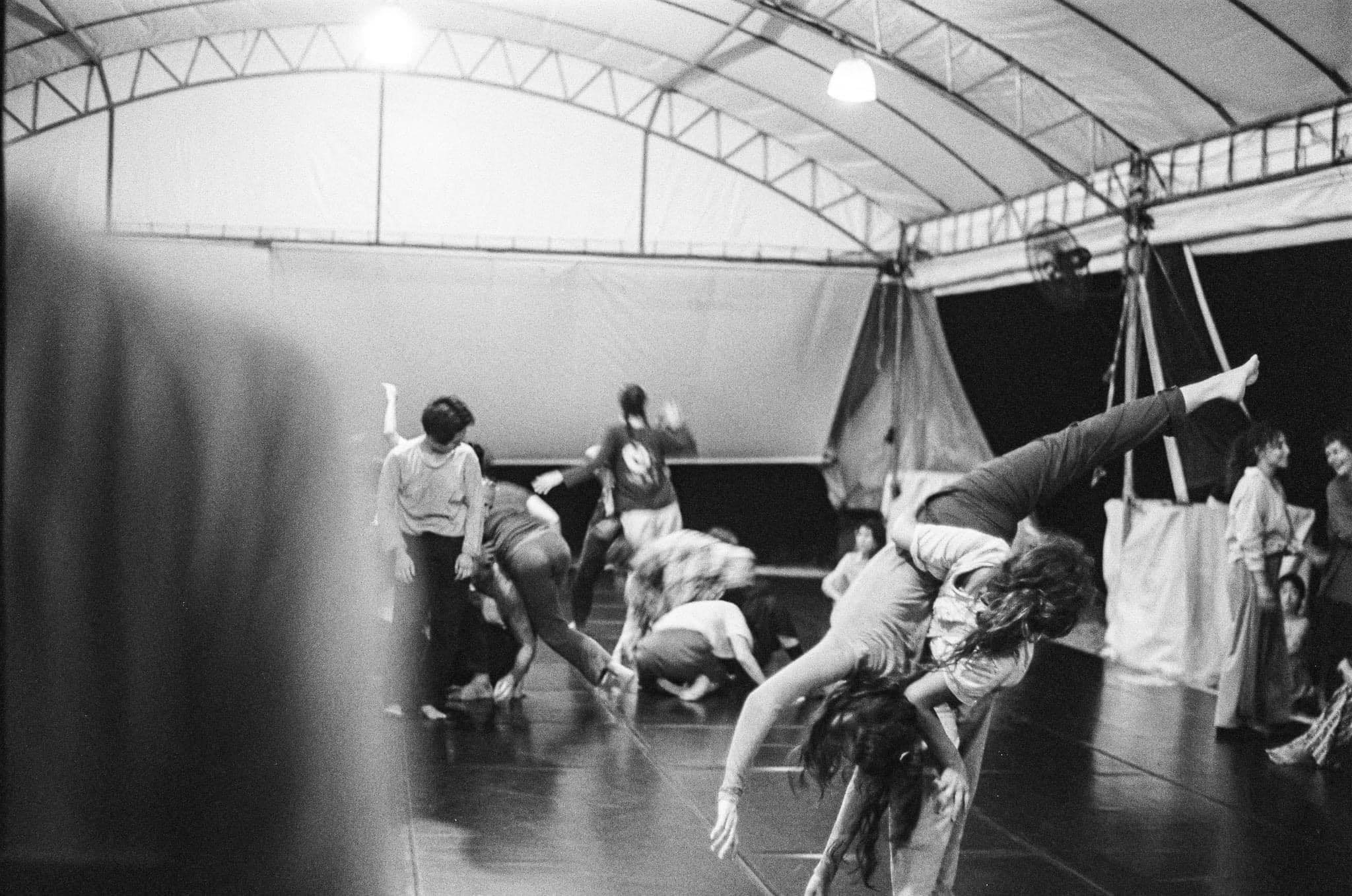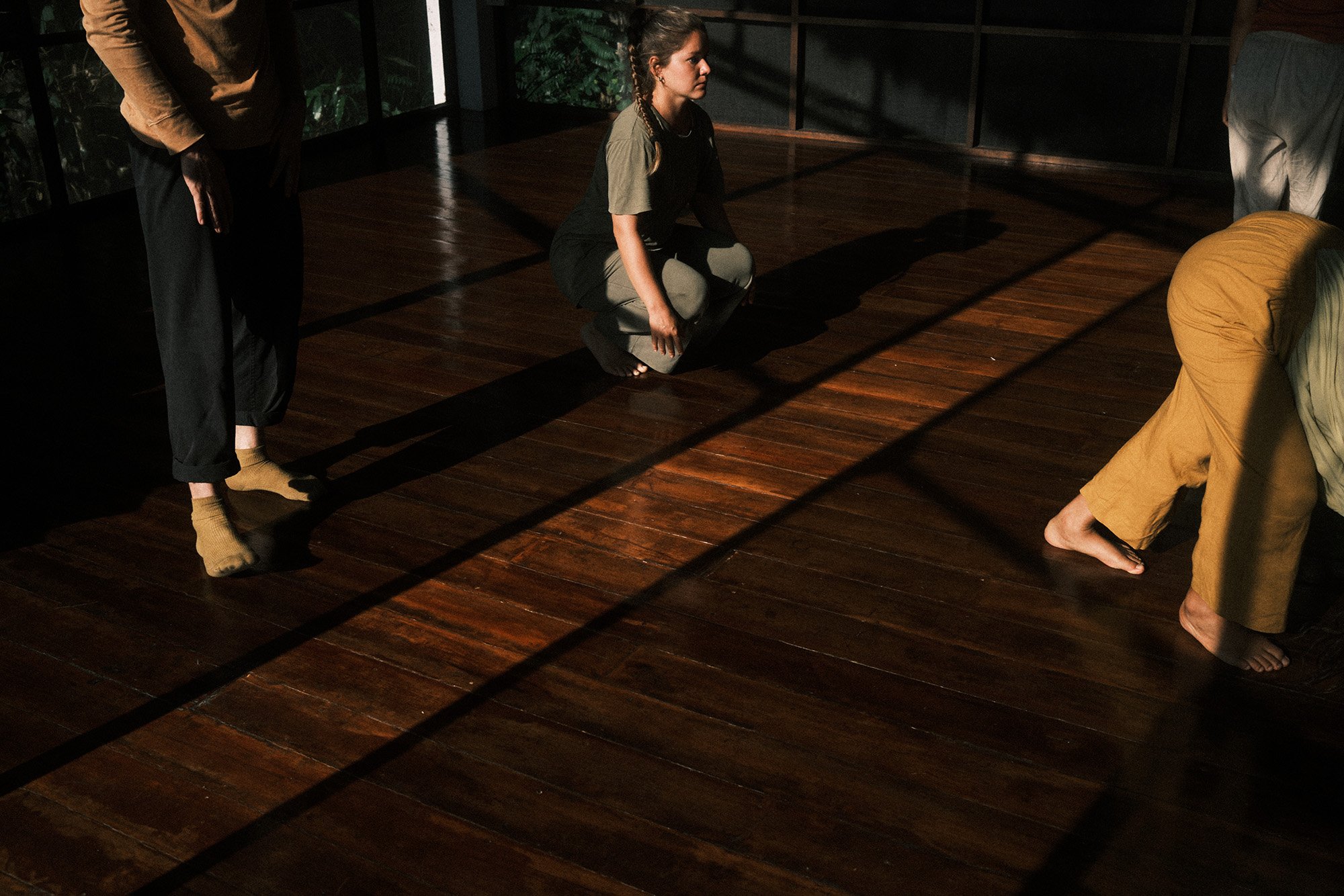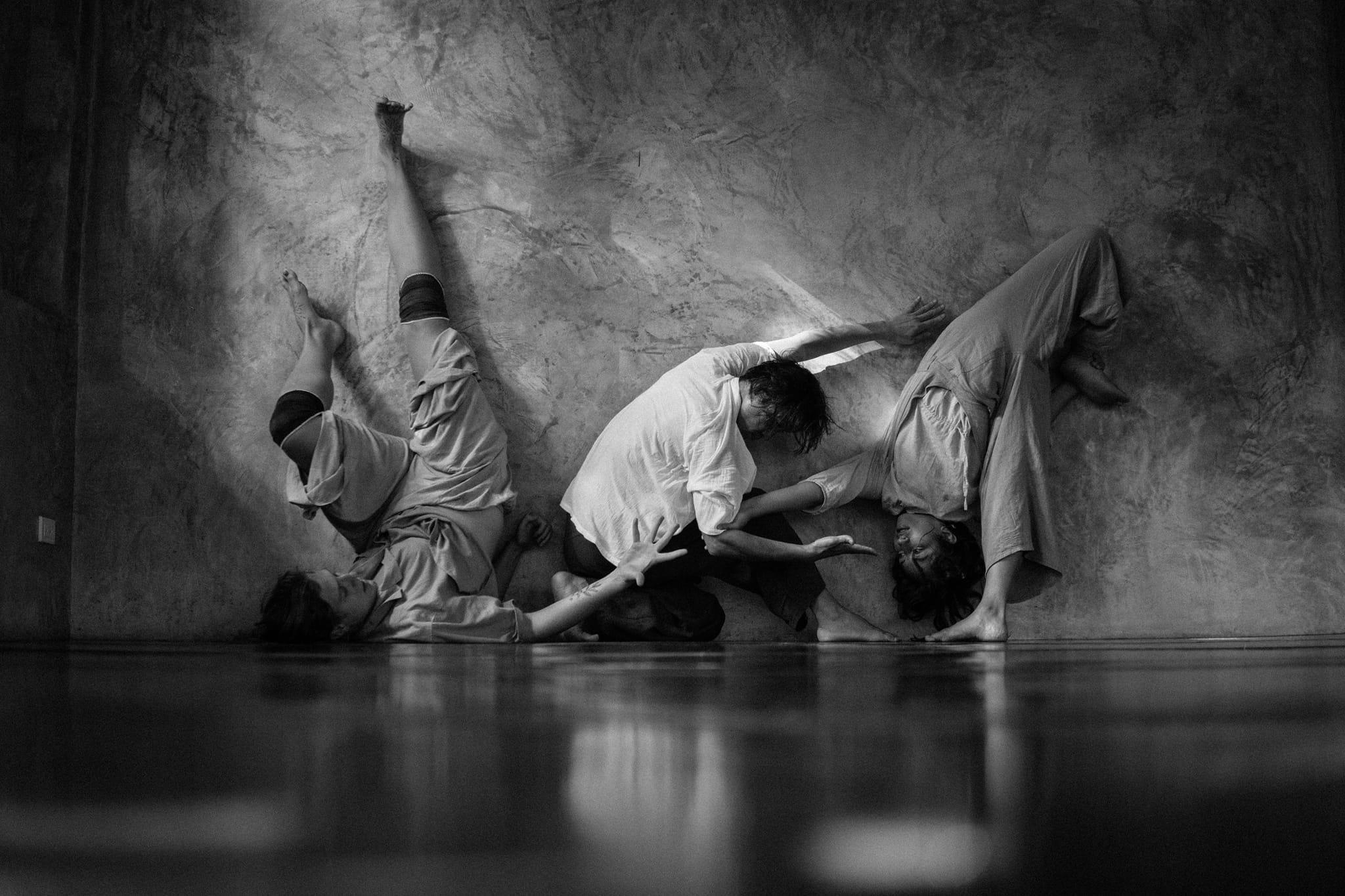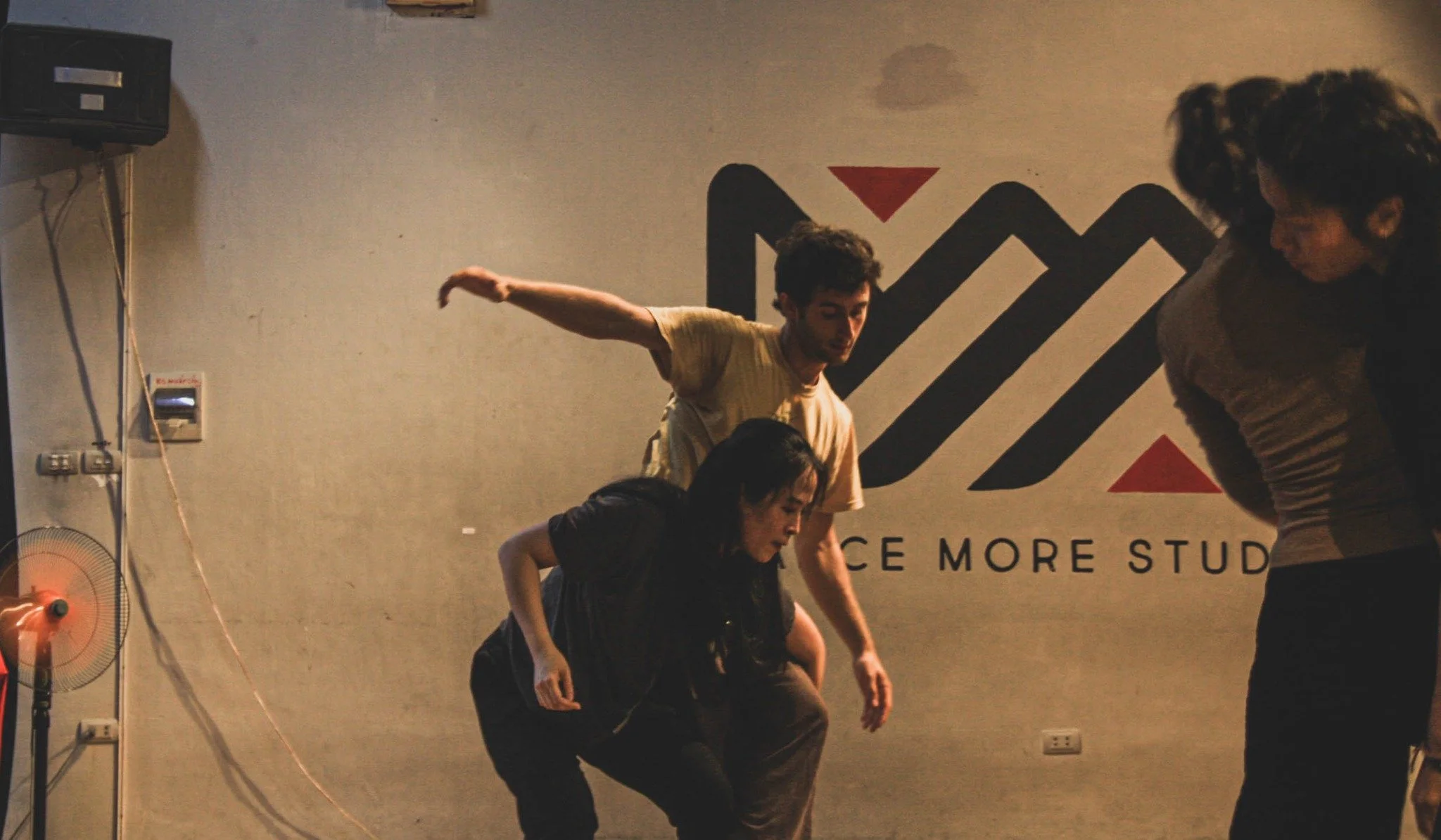
ci.
Teaching - dancing - performing
contact improvisation - dance improvisation
Teaching:
The art of sharing the voice to open bodies. The practice of creating spaces for dance improvisation in communities. Transmitting the research of Contact Improvisation passing through generations, honoring 51 years of dance around the globe.
No man can reveal to you aught but that which already lies half asleep in the dawning of your knowledge.
On teaching - Kahlil Gibran
I has been sharing the dance in Thailand, Colombia, Vietnam, Poland and Portugal. I work for independent art spaces, cultural centers and academic dance-performance contexts.
Preparing the body for the body of contact improvisation includes a training that includes material from different practices as Aikido, TaiChi, meditation, BodyMind Centering, Material for the Spine of Steve Paxton and gymnastics.
I listen the space and the needs of each particular group. The objective is to increase body awareness, self confidence and a embodied understanding of the physical forces that govern our body-mind in solo and in colective.
Dancing:
Just dancing finite dances.
Dancing with friends all around the globe the ritual of being a body, speaking through movement a universal language of living beings, studying through embodied presence the intelligence of the forces of nature, living the body as an instrument of living art.
Honoring the gift of the dance and the clarity of contact improvisation.
Performing:
The art of being seeing.
Performing the biodiversity of eyes (mineral, vegetal, animal, human, protisto, bacteria). I love the work of performance as an act of sharing. Trusting in the bodies inside the body, practicing improvisation as a state of being. Jumping in the realms of the sense and the no-sense, spiraling meanings in the deity of spontaneity.
Usually I perform in spontaneous dance-events or theaters.
Classes and workshops
Dance improvisation - Performance - Contact improvisation
Gallery
CI dance improvisation gallery
just dancing finite dances
dances through the eyes of different friends - artist





















Contact Improvisation
DEFINITIONS OF CONTACT IMPROVISATION BY STEVE PAXTON
There are many ways of defining Contact Improvisation (CI).
Here are three definitions made by Steve Paxton, the originator of CI:
"Contact Improvisation is an evolving system of movement initiated in 1972 by American choreographer Steve Paxton. The improvised dance form is based on the communication between two moving bodies that are in physical contact and their combined relationship to the physical laws that govern their motion —gravity, momentum, inertia. The body, in order to open to these sensations, learns to release excess muscular tension and abandon a certain quality of willfulness to experience the natural flow of movement. Practice includes rolling, falling, being upside down, following a physical point of contact, supporting and giving weight to a partner.
Contact improvisations are spontaneous physical dialogues that range from stillness to highly energetic exchanges. Alertness is developed in order to work in an energetic state of physical disorientation, trusting in one's basic survival instincts. It is a free play with balance, self-correcting the wrong moves and reinforcing the right ones, bringing forth a physical/emotional truth about a shared moment of movement that leaves the participants informed, centered, and enlivened."
—1970s
”The exigency of the form dictates a mode of movement which is relaxed, constantly aware and prepared, and onflowing. As a basic focus, the dancers remain in physical touch, mutually supportive and innovative, meditating upon the physical laws relating to their masses: gravity, momentum, inertia, and friction. They do not strive to achieve results, but rather, to meet the constantly changing physical reality with appropriate placement and energy.”
—1979
"The reason its called contact improvisation because there is a 3rd entity that arises in this state. Hopefully you get to a state of agreement between the two of you that neither one of you is leading. It doesn’t become leaderless, it is the two of you who are together leading."
—2015
"It is not a dance about you, or your partner. It is a dance about its movement."
—2022
Resource: towards.contact







